Zimbabwe’s economy is expected to grow rapidly, especially in mining and smelting.
This growth will require a lot more electricity than the country is currently generating.
The government predicts demand will reach 3,200 megawatts per day in just two years, far exceeding current capacity.
This surge in demand is due to a number of new projects, including lithium mines and a large steel factory.
The mining sector alone is expected to consume a massive 2,600 megawatts per day.
To address this challenge, the government is requiring some large industrial consumers, particularly those in mining, to build their own power plants.
This is because the government cannot keep up with demand alone and needs help from the private sector.
The government has given large-scale miners until 2026 to establish their own power generation facilities, with a focus on renewable sources like solar.
In the meantime, the government is increasing its own generation capacity with the recent completion of Hwange Units 7 and 8, which added 600 megawatts to the grid.
Some companies have already begun building their own solar plants, and the government is encouraging this trend.
They view it as a partnership where the responsibility for providing electricity is shared.
Independent power producers are also seen as an important part of the solution, currently contributing nearly 100 megawatts.
Despite these efforts, Zimbabwe still faces a significant electricity deficit, ranging from 200 to 500 megawatts per day.
The use of alternative energy sources has helped to reduce strain on the national grid and lessen the amount of load shedding.
However, there is still a long way to go before Zimbabwe can meet its growing energy needs.
Text: Martin Chemhere

